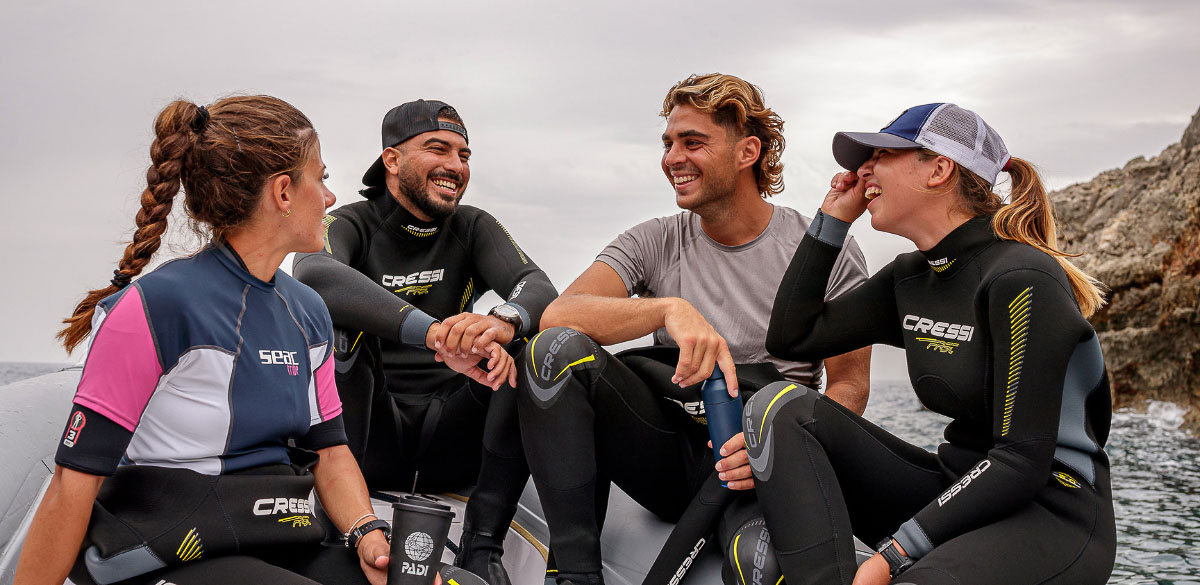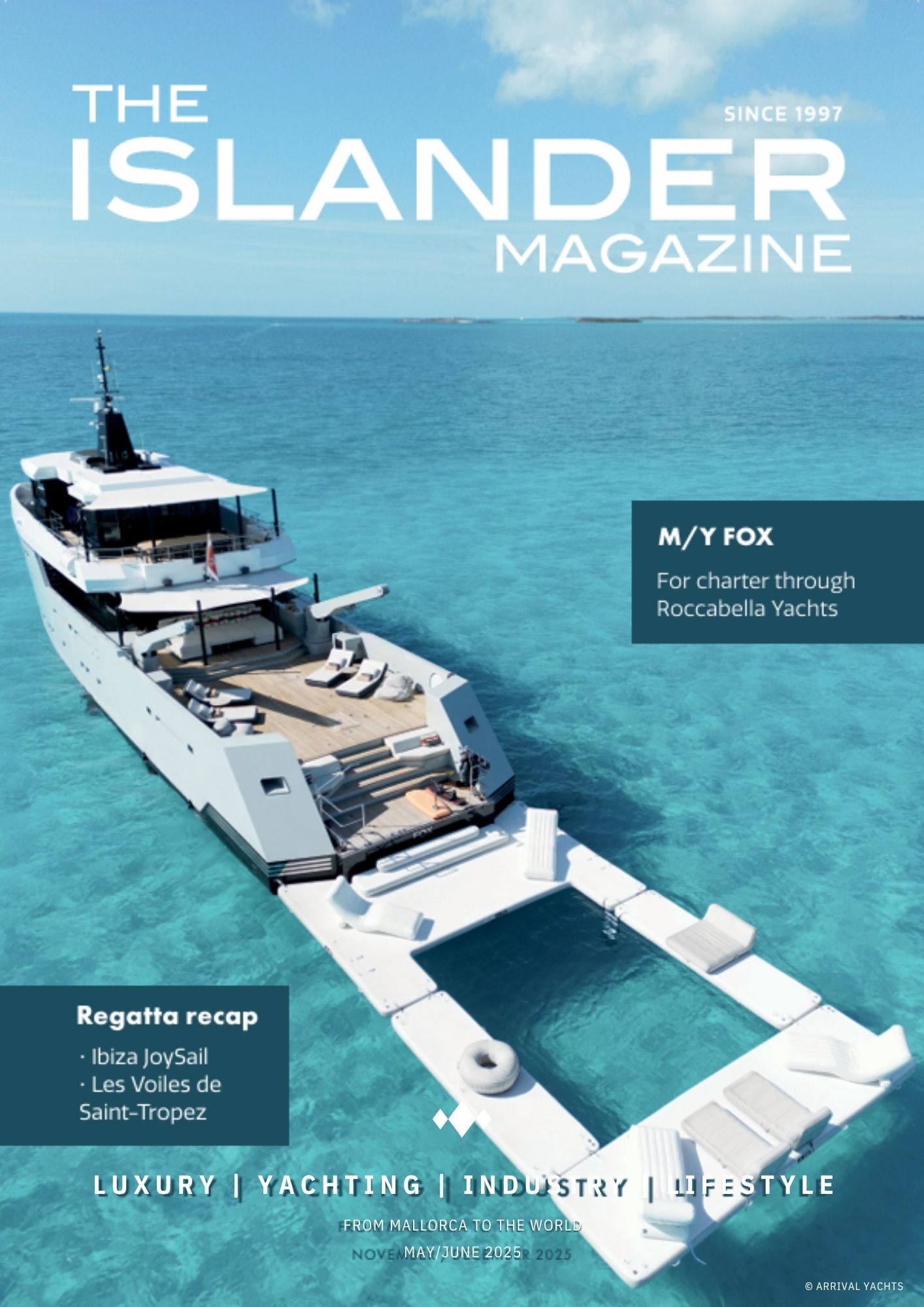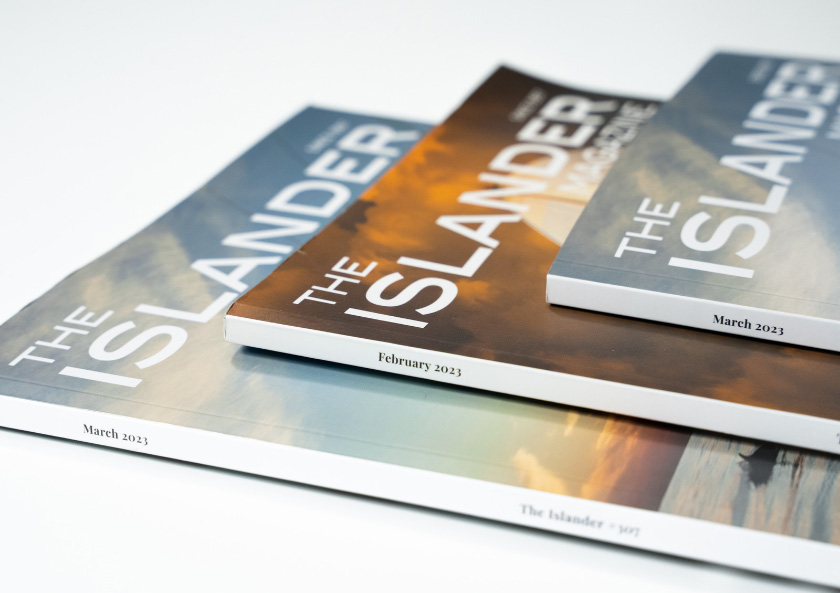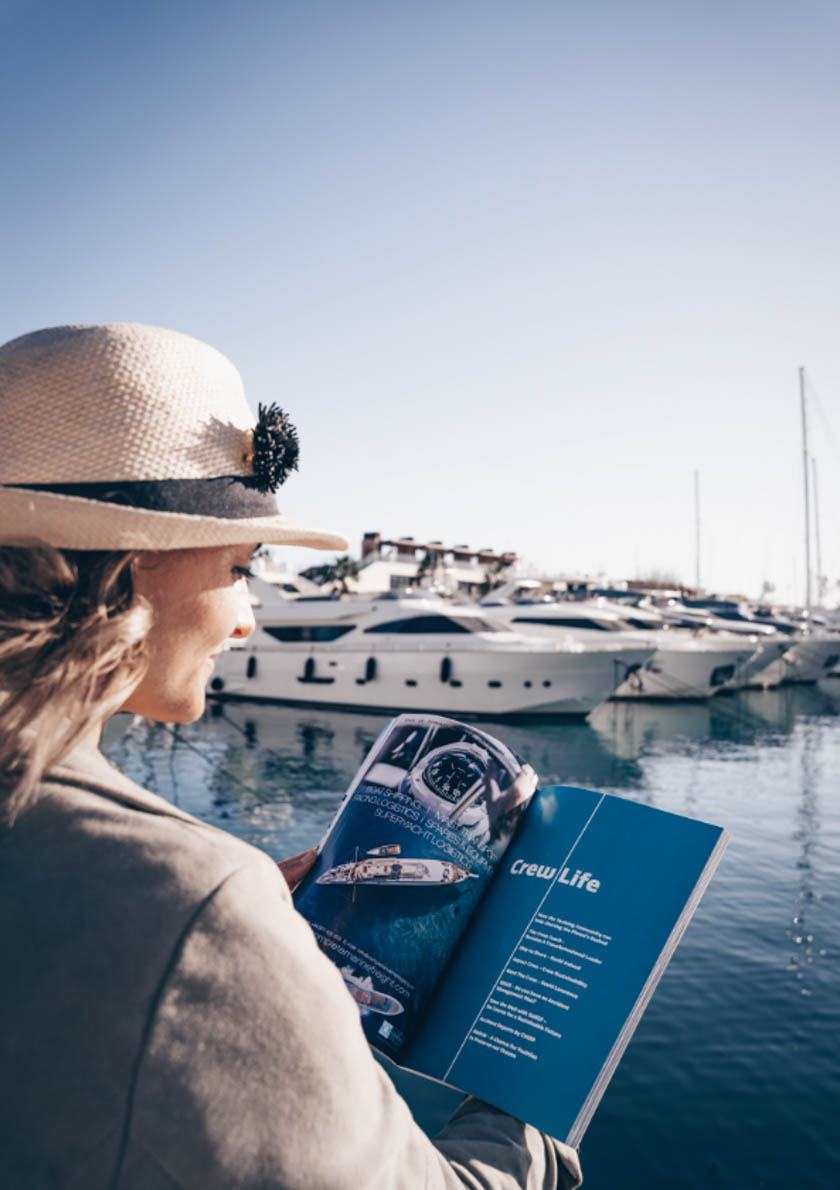For divers, the ocean is more than just a place to explore; it’s a world worth protecting. PADI believes that meaningful adventure goes hand in hand with ocean conservation and as a certified PADI Open Water Scuba Diver, you gain not only the skills to discover the deep blue but also the knowledge to help safeguard our blue planet.
With over 6,600 PADI Dive Centers and Resorts to explore within 184 countries there’s no shortage of incredible places to dive. However, some destinations stand out for their unique underwater landscapes, rich marine biodiversity and commitment to conservation.
From Greece’s labyrinthine caves and wrecks to altitude diving in Japan’s freshwater dive sites rich in mythology and legend and the Maldives’ thriving marine sanctuaries, these top diving spots provide unexpected adventure and incredible experiences beneath the surface. We dive in with PADI to find out more.
- Comprising 240 inhabited islands this is the 9th most popular diving destination in the world. Domestic diving was legalised in 2006 and the very first origins of diving here was “sponge diving” – first recorded during the Aristotle era. Greece is a world leader in archaeological and marine conservation and has 6 Marine Protected Areas, with Alonissos National Marine Park being one of the largest MPAs in Europe and Greece’s first. PADI Eco Center Sani Resort is the first carbon neutral resort in Greece and offer guests the Sani Eco Excursions.
Seek Adventure:
- A wreck and cave diving mecca
- Iconic dive sites like Peloponnese Wreck and the Arado 196
- Chios Islands offers a labyrinth of caves and tunnels full of colorful sponges
- Monk seals, striped dolphins, loggerhead turtles, and sperm whales all share the same waters around Greece
- PADI Eco Center Sani Resort is the first carbon neutral resort in Greece and offers guests the Sani Eco Excursions
JAPAN
Niue
Arguably one of the ocean’s best kept secrets. With only two flights per week to the island nation Niue is the first dark sky nation and as a result one of the brightest night dives available in the world. Niue is home to the world’s largest raised coral atoll and some of the clearest visibility in the world (up to 80m year round). It’s the world’s best concert arena to hear the humpback whales sing – with the right protocols in place that allow for sustainable interactions from visitors.
Seek Adventure:
- Niue Blue is the first and only dive operator on the entire island and sister property to TIME Magazine’s World Greatest Places 2024 winner Dive!Tutukaka
- Dive in chasms, caves, caverns, reefs and the deep blue where dolphins and whales can be heard singing in the background
- Minimal currents and consistent good visibility make it one of the best places to also learn to dive on holiday
- Niue Blue is a big player in conserving the coral reefs surrounding Niue and they’re setting up an NGO to manage crown of thorn outbreaks in a way that creates income opportunities for locals.
Mt Fuji:
One of the best kept secrets is the altitude diving at the foot of Mt Fuji. Divers have been recreational scuba diving Lake Motosu since 2000 and it’s the deepest lake at 130M+. Diving in an incredible sunken forest, Jomon and Kofun period pottery can be found. Every year more than 100 locals do a Dive Against Debris in the lake to keep it free of debris. Myths and legends of Lake Motosu abound; Originally called Sea of Se, Haranaka Village bordered the lake and every year the locals would cleanse themselves in the lake and pray for safety. According to legend, one year a dragon appeared to warn them Mt Fuji would erupt – resulting in the village to take refuge in Tomisato Village (now Shimomachi) In the 19th year of Enryaku (800 AD) Mt Fuji erupted which caused Sea of Se to be divided into three lakes: Lake Motosu, Lake Shoji and Lake Sai. The new village was called Motosu in honour of the dragon that saved the village and is known as the guardian god.
Maldives:
- A low-lying nation full of white sandy beaches, pristine reefs and an abundance of marine wildlife. Some staggering stats: You can find 30 shark species, 2 species of manta rays 2,000 species of fish, 250 species of coral and there are 68 MPAs covering 428,000 hectares. The Maldivian government has ended longline fishing, which poses a significant threat to sharks and rays, which was influenced by a letter sent by PADI on behalf of the global dive community advocating for sustainable fisheries.
Seek Adventure:
- A great place to learn to dive with warm and clear water
- Huge manta ray migrations travel through Maldives year round
- Fuvahmulah Atoll offers the chance to encounter seven shark species in one dive
About PADI
PADI® (Professional Association of Diving Instructors®) is the largest purpose-driven diving organisation with a global community of 6,600 dive centres and resorts, 128,000 professional members and more than 30 million certified divers to date. Entirely committed to our blue planet, PADI empowers people around the world to experience, explore and take meaningful action to protect the world beneath the surface. For over 50 years, PADI is undeniably The Way the World Learns to Dive®, setting the standard for the highest quality dive training, underwater safety and conservation initiatives. For divers by divers, PADI is obsessed with transforming lives and connecting the passionate through Learning, Club, Travel, Gear and the PADI AWARE Foundation, with a singular goal of creating ocean change. Seek Adventure. Save the Ocean. SM www.padi.com





























0 Comments